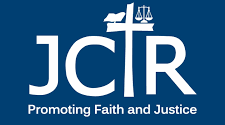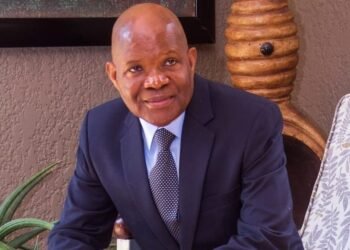High cost of living worries JCTR
By Mast Reporter
THE Jesuit Centre for Theological Reflection (JCTR) says the Basic Needs and Nutrition Basket (BNNB) for Lusaka has revealed a continued struggle for families to meet basic needs amidst persistently high cost of living.
JCTR said Lusaka Province was leading in high cost of living making it unattainable for most families to survive.
“Our detailed analysis of the BNNB data from January to May 2025 reveals significant and varied dynamics in living costs. Lusaka consistently recorded the highest BNNB cost, peaking at ZMW 11,599.12 in February 2025, underscoring the persistent challenge of elevated living costs within the capital city.”
JCTR noted that the prevailing situation of high cost of living had a negative impact on the livelihood of the people.
“The Jesuit Centre for Theological Reflection (JCTR) today released its half year analysis of the Basic Needs and Nutrition Basket (BNNB) for Lusaka, revealing a continued struggle for families to meet basic needs amidst persistently high cost of living,” JCTR said.
The faith-based organisation observed that the current poverty situation calls for urgent economic innervations aimed at relieving the burden on most Zambians.
“This situation profoundly impacts human dignity, a cornerstone of a just society. The analysis, covering January to June 2025, underscores the urgent need for robust economic interventions to alleviate the burden on Zambian households, particularly those most vulnerable.
Comparing June 2025 BNNB to May 2025, the total basket saw an increase of ZMW 490.41. This rise was primarily driven by the non-food component, which increased by ZMW 452.04, whilst the food basket experienced a more modest increase of ZMW 36.38,” JCTR said.
The organisation stated in its monthly briefing that within food items, notable increases were observed in chicken, Kapenta, and tomatoes, whilst prices for Roller mealie meal, other fruits, and bananas saw decreases.
Further, JCTR said the significant surge in non-food costs was largely attributable to charcoal, whose unit price dramatically rose.
“This increase in charcoal cost is influenced by both demand-side factors, such as increased consumption during the cold season, and supply-side factors, as many part-time charcoal producers, who are often farmers, abandon the trade to tend to their harvests given the recent favourable farming season,” JCTR said.

























